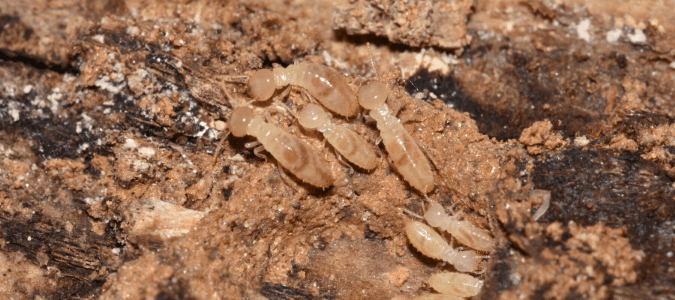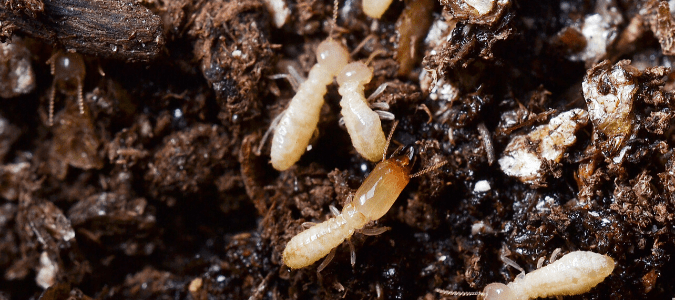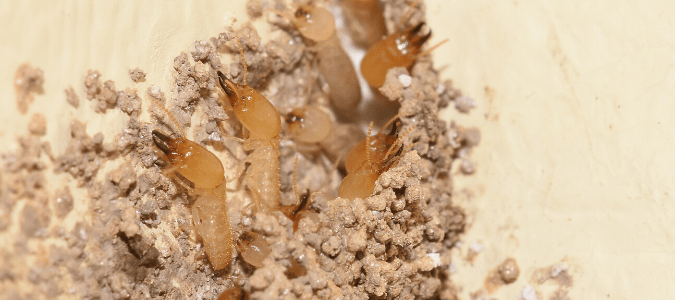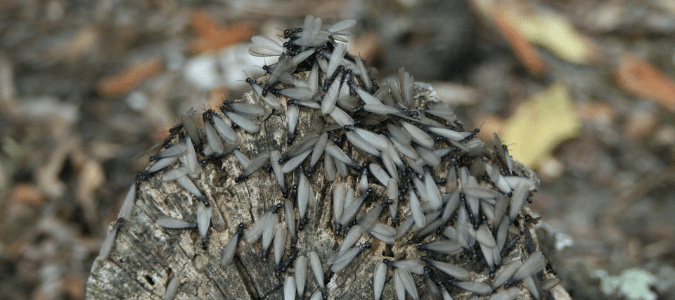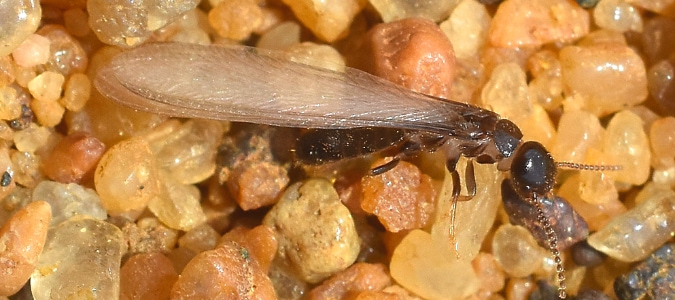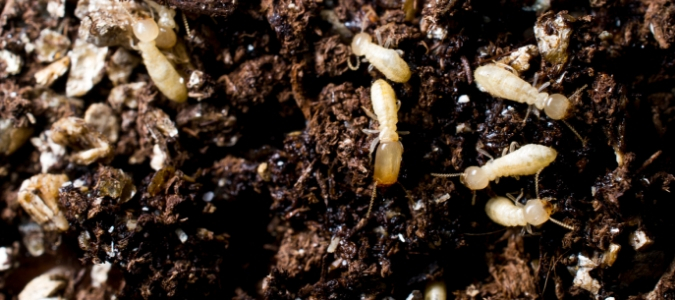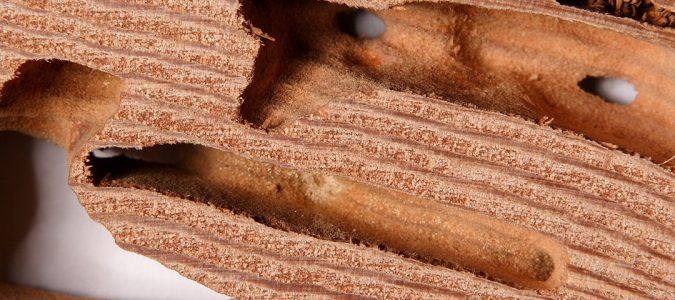How To Tell If You Have Termites In Your Walls

Maybe you spotted some strange, tiny holes in your drywall or baseboards, close to where the wall meets the floor. Or perhaps you knocked on the wall on a spot you thought was solid, and oddly enough, it sounded hollow. Each of these signs could be an indication that you could have termites living—and feeding—inside your walls. However, these aren’t the only signs.
If you wonder if you might have termites, take a closer look around to see if you can spot any of the following:
- Faint lines on drywall along areas where termites are tunneling
- Wood that seems hollow when you tap on it with a screwdriver
- Bubbling or peeling paint
- Small pinholes where termites have eaten through your drywall
- Baseboards that crumble under slight pressure
- Jammed windows or doors
- Buckling wood
- Discolored drywall
While there are visible clues of termite activity, keep in mind that the subterranean variety, the type that is responsible for a reported $1.5 billion … Read Full Post »
